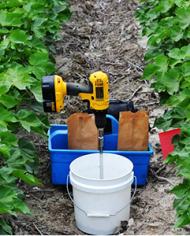Researchers have developed a new, easier way to find the answer to the question, "How much carbon is stored in soil?"
Search Articles
-
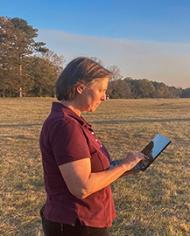
ARS researchers have developed a unique mobile system that assesses and maps out soil carbon to a depth of 30 centimeters (the plow layer) – all in real time.
Mar 01, 2022 -
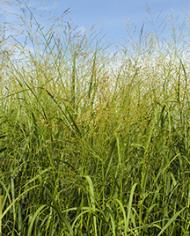
Intercropping perennial herbaceous crops with trees successfully increased organic soil carbon levels.
Mar 24, 2021 -
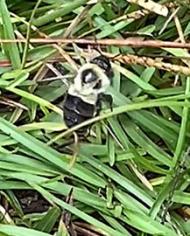
ARS researchers discovered that bees collect pollen from centipedegrass flower heads.
Apr 25, 2023 -
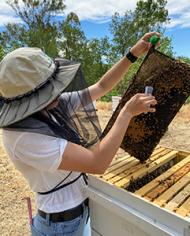
A long-term honey bee monitoring network helps researchers to better understand colony performance and survivorship over multiple seasons.
Apr 19, 2022 -
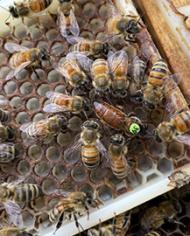
ARS researchers are studying genetics and breeding to make honey bees more resilient.
Apr 06, 2022 -
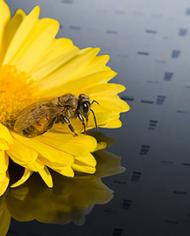
Researchers with the ARS Honey Bee Breeding, Genetics, and Physiology Research Unit have identified a region of the honey bee genome linked to reduced colony defensiveness.
Feb 11, 2022 -
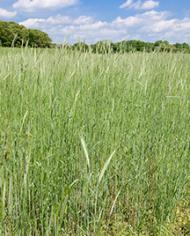
Planting cover crops and not tilling the soil improves the soil’s carbon balance with minimal impact on the water balance.
Apr 05, 2021 -

Putting honey bees into indoor cold storage in October rather than November increases their chances of surviving the winter.
Mar 22, 2021 -
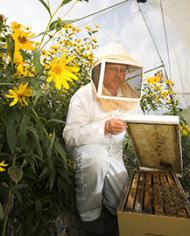
Collaboration between ARS scientists and more than 30 national and international institutions resulted in two new pollinator bee genome sequences.
Apr 26, 2017 -
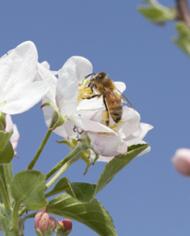
ARS researchers are focusing on the honey bee “microbiome”—the bacteria and other microbes that inhabit the insect's gut.
Mar 04, 2019 -
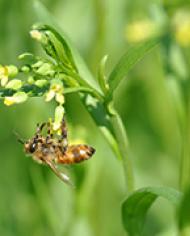
Two oilseed crops that are good for pollinators—pennycress and camelina—can fit into profitable rotations with corn and soybeans.
Apr 24, 2018 -

Collaboration between ARS scientists and more than 30 national and international institutions resulted in two new pollinator bee genome sequences.
Apr 26, 2017



